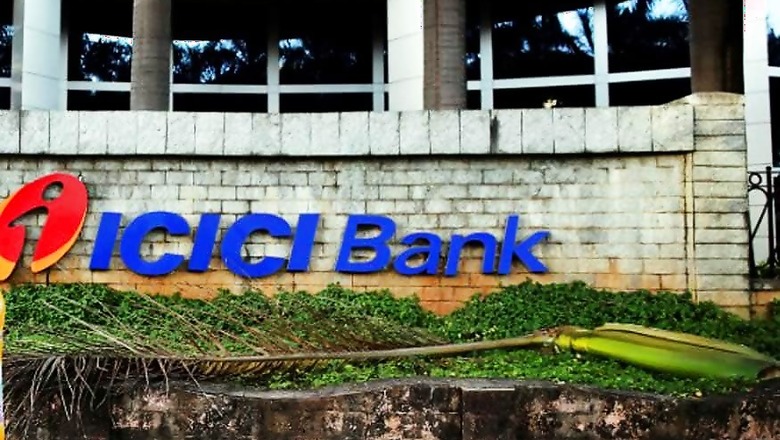
views
Mumbai: The economy may inch up to 7.4 percent, despite the Reserve Bank likely remaining on a long pause as inflation will climb up again in the second half of next fiscal year, says ICICI Bank.
The private sector lender has cut its growth forecast at 7.2 percent for FY19 due to the dip in the second quarter numbers on slowing consumption, which has been the mainstay of growth for many years now, bank's markets and proprietary trading head B Prasanna told reporters here Friday.
"We are not expecting a sharp pick-up in growth and feel that it will be investment-led rather than consumption- driven," he said.
One of the biggest factors restricting growth will be the real estate, and small scale units which are yet to come out of the twin shocks of demonetisation and GST, he added.
The critical factors that can determine growth will be oil prices, he said, but he expects commodity prices to stay at the same level as now.
A stable government after the April-May elections is essential for market and growth, he said.
The headline inflation will trend in at a comfortable 4 percent in the first half of the next fiscal but will jump to 4.8 percent in the second half, he said and attributed this to the stubborn core inflation which is yet to correct. He also noted that the prevailing low food prices which are keeping prices down at present, is also a risk.
The RBI is likely to shift the policy stance to "neutral" from the present "calibrated tightening" at the February review. However, unlike other analysts expecting a rate cut, Prasanna does not see such a possibility as he sees RBI may be in a "long pause".
"Earlier the possibility of a rate cut was zero, now we feel there is some chance of a rate cut. I would give it 80:20 in favour of a pause," he said.
He also sees a 20 basis points slippage in fiscal deficit in FY19 due to lower than expected GSt collection and very low divestment proceeds.
Government will look at measures like share buybacks by cash-rich PSUs or higher dividend payout by them to bridge the fiscal gap, he said, adding it may also delay spends to next fiscal or adopt off-balance sheet steps like asking PSUs to go on a capex spree, to keep fiscal numbers on target.
It can be noted that government was expecting Rs 1 trillion a month from GST, but into the eighth month, it has crossed the magic number only once. Similarly, it has budgetted for Rs 80,000 crore from divestment but so far it could make only around Rs 15,000 crore.
On the fiscal deficit front, as of end October, the figure stood at close to 104 percent. For the past two years, government has been budgetting a fiscal gap of 3.3 percent.
The rupee may scale back to 69 levels by March, forcing RBI to buy dollars to prevent a sharp appreciation.
But gradually, it will fall back to 72 levels by the end of the fiscal, he said.
If oil prices stay where they are now, there is a possibility that we may report a balance of payments surplus next fiscal, he said.
He expects FDI inflows of USD 35 billion next fiscal while net FII inflows will come in at USD 10 billion on expectations of fewer rate hikes by the US Fed.



















Comments
0 comment